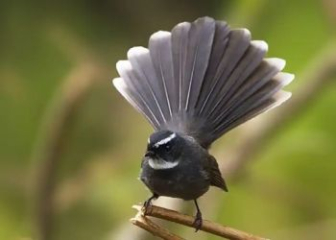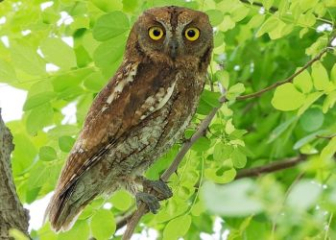Budgie bird - Breeding Guide for Beginners
Blog | by
The budgie bird is one of the most popular and favorite pet birds in Vietnam, because of its cute and lovely appearance with many different colorful colors. With a friendly personality and the ability to imitate sounds well, swallows have brought joy to the owner. In addition, this bird species also has an average price, is easy to care for and does not require much in terms of food and living environment.
If you want to learn more about the swallow - our beautiful little winged friend - then read the content shared by the nicebirds below!
Bird information :
|
Common name |
budgie, budgie, budgie parrot, budgie |
|
Scientific name |
Melopsittacus undulatus |
|
Cough |
Parrots - Psittacidae |
|
Source |
Australia |
|
Size |
18 - 20 cm, weight from 30 - 40g |
|
Average life expectancy |
4 - 8 years |
Origin and development of the phoenix
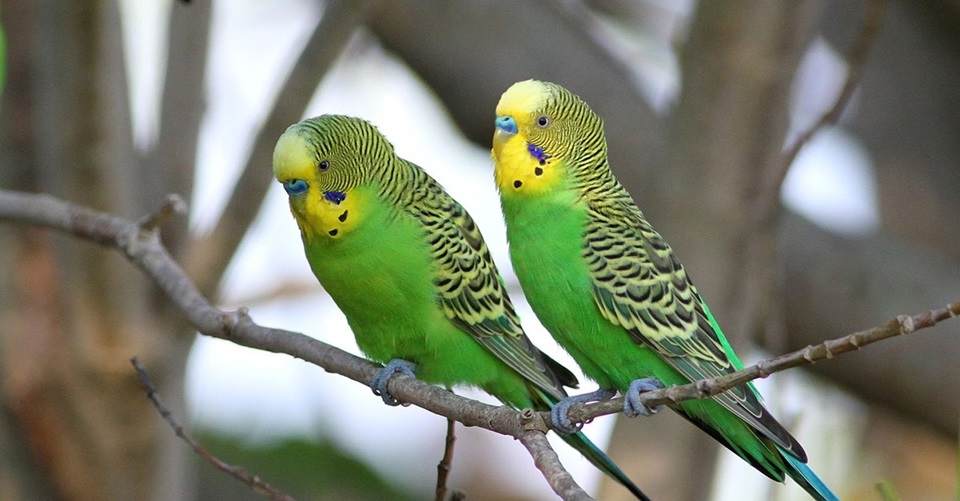
The original colors of the budgies.
The budgie, also known as the budgie, the puffin or the Australian parakeet, scientific name is Melopsittacus undulatus - a small, long-tailed parrot native to Australia.
The development process of a budgie is as follows:
- In 1805, discovered by European naturalists.
- Introduced in Europe in 1840, especially in England.
- In the mid-19th century, the phoenix became a popular pet bird thanks to its colorful colors, ability to imitate sounds well, and ease of raising,...
- Today, they are popularly kept around the world and are quickly becoming one of the most popular pet birds.
Appearance of the budgie & how to distinguish young birds from old birds
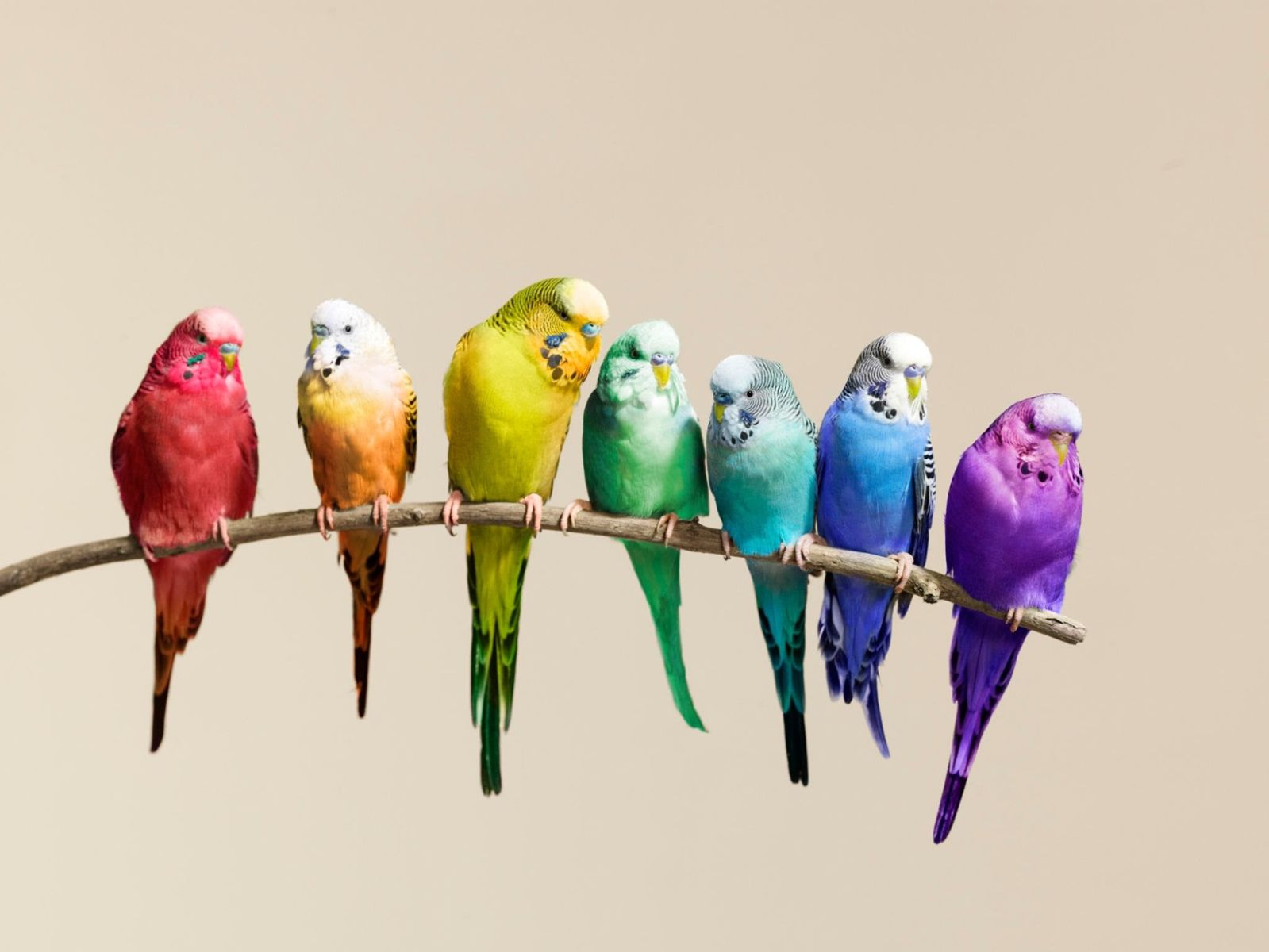
The swallows come in many different colors.
Right below, we will share detailed characteristics of the budgie breed and guide you on how to distinguish between young and old birds. Let's find out right away.
General appearance of the phoenix
The budgie is a parrot species with hundreds of different color variations such as white, yellow, blue, albino, gray,... However, they all have the following common physical characteristics:
- Size : 18 - 20 cm (including tail).
- Wingspan : 30 cm
- Weight : Average 30 - 40 g for an adult bird.
- Head : Round, small, round eyes, big and very flexible
- Beak : Parrot-like, slightly curved, short, usually gray or yellow.
- Legs : Short but strong, with two front and two back toes to help them cling to tree branches.
- Tail : Long, pointed, helps maintain balance when flying.
- Wings : Compact, close to the body, when spread out will have the shape of an arc.
- Wild (original) budgie color : Bright green body, bright yellow face and neck, back and wings with distinct black stripes, long dark green or blue tail.
- Hybrid phoenix colors : white, lemon yellow, purple, gray, white with red eyes (albino), blue,....
Distinguishing between young and old phoenixes

How to distinguish between young and old phoenixes.
Below are the signs that help you distinguish between young and old budgies. Let's find out now.
|
Distinguishing factor |
Young phoenix |
Old phoenix |
|
Pattern |
Forehead with many patterns |
The pattern on the forehead completely disappeared. |
|
Head |
Pure one color, usually as follows: - Green and yellow birds have yellow heads. - Blue, white, gray birds have white heads. |
The hair on the head will be mixed and no longer have a uniform color. |
|
Eye |
Only black |
More whites and eye bags appear |
|
Mine |
The beak is saffron yellow, the tip of the beak is black. |
The beak gradually turns gray, except in some special cases. |
|
Foot |
Usually pink |
Toes become rougher, color changes to blue or brown |
|
Hair |
More regularly |
More jagged |
Distinguish between male and female birds

Distinguish male and female swiftlets based on cere color.
To distinguish between male and female budgies, we will rely on the nose - called the cere, more precisely the skin area above the beak.
- Male budgie: dark blue cere (in adults)
- Female budgie: cere is light brown or dark brown, sometimes bluish white.
Note : This method of distinguishing is only accurate for birds 3 - 4 months old or older!
Habits and behavior of budgies

The budgies are perched next to each other.
Let's learn about the habits and typical behaviors of budgies to better understand this lovely bird species.
Communication skills
Birds communicate with each other by chirping or whistling softly, and they can “talk” all day long without getting bored. Males are especially capable of imitating human speech or simple sounds, but not as clearly as larger parrots.
They can also use body language such as: nodding, shaking their heads, ruffling their feathers, raising their tails, spreading their wings,...
Social behavior
Budgerigars love to live in flocks or small groups of 2-6. If kept alone, they will feel bored and stressed, so you need to interact with them more.
Male birds also tend to take care of female birds very "enthusiastically" such as feeding or flirting with cheerful calls. And in the flock there is always a slight hierarchy but rarely strong fights to compete for position.
Motor skills
The budgie is a bird that likes to fly, climb and needs a lot of space. They can also swing, cling and turn easily thanks to their small flexible legs. These cute little parrots especially love toys like small bells, mirrors, etc.
Clear expression of joy and sadness
Birds always show their mood clearly. To know if they are happy, sad or stressed, you can refer to the following behaviors.
|
Mood |
Behavior |
|
Happy |
Singing a lot, flapping wings, jumping up and down continuously, playing with other species |
|
Sad, bored |
Little vocalization, just likes to stand still, refuses to eat and even ruffled feathers |
|
Stress |
Shedding feathers, flying around the cage, biting things randomly |
|
Trust |
Boldly climb on people's hands, can even perch on shoulders,... |
|
When in danger |
Stop moving, listen then may emit a warning call to others. If it's more dangerous, it will fly around to avoid it. |
Reproductive behavior
The budgie will breed at about 3 - 5 months of age. When ready to breed, they will pair up and exhibit the following behaviors:
- Clean up the nest
- Proceed to mate
- The female will lay eggs in the nest, each clutch will contain 4-6 eggs.
- The female then incubates the eggs for 18 - 21 days.
- When the chicks hatch, the male bird will also help the female bird care for the chicks.
How to raise swallows properly

The budgies are standing on the perch.
The swallow is a fairly easy-to-raise pet bird, does not require sophisticated techniques and is completely suitable for beginners. However, to keep them healthy, long-lived and singing well, you need to pay attention to the following.
Prepare cages and coops
For budgies to adapt well in captivity, you need to prepare a suitable cage that meets the following basic requirements:
- Size : 40 x 30 x 40 cm for 1 - 2 birds, if raised in groups, a specialized cage is needed.
- Cage material : You should choose a metal cage with electrostatic paint or made of stainless steel to avoid rust and easy to clean.
- Stick : Use wood or bamboo, about 1 - 1.5 cm in diameter
- Cage decoration : There should be a clean litter tray at the bottom of the cage, and toys such as mirrors, small bells or even ladders for the bird to exercise.
- Food and water bowls : Must be securely fastened.
Clean food and water
Birds are very "easy to please" when it comes to eating, you can feed them the following foods:
- Main food : Millet, rice, oats
- Supplementary food : lettuce, water spinach, young cabbage, apple, pear, cucumber, occasionally feed birds with ice or mineral powder.
- Drinking water : Clean, chlorine-free water that should be changed and replenished daily.
Hygiene and disease prevention for bird nests
Hygiene and disease prevention are important to help your budgie grow well and live long. Below are detailed instructions, let's find out now.
- Cage cleaning : 2-3 times/week or when the cage is dirty, disinfect with diluted vinegar or diluted salt water.
- Change the bottom sand : Change the bottom sand every 2-3 days to reduce odors.
- Check droppings every day : If you see the bird has loose droppings, you need to monitor its health immediately.
- Cage location : Place in a cool place, away from strong winds and harsh light.
Training and Familiarization
Because the budgie is a parrot, you can tame and get used to it from a young age so that the bird is tame and shows more interesting behaviors and personalities. Specifically as follows:
- You should choose to raise small birds under 3 months old so you can tame them more easily.
- Practice feeding birds from hand, head to hand.
- Whistle for birds to imitate.
- During training, absolutely do not shout or scare the bird to avoid panicking and stressing it.
Notes when raising swiftlets
Here are some important notes you need to know to be able to raise a budgie successfully from the first time:
- Do not keep budgies with other large birds as they may be attacked.
- The cage always needs natural light, otherwise it must be lit from 10 - 12 hours a day.
- In cold weather, it is necessary to provide wind protection or heating at night for birds because they do not tolerate cold well.
How much is a phoenix?
The price of swiftlets in Vietnam varies greatly depending on age, color and tameability. You can refer to some of the following prices!
- Young swallows (under 3 months old) : About 150,000 - 250,000 VND/bird.
- Adult swallow (over 3 months old) : From 200,000 - 400,000 VND/bird.
- Special phoenix (rare color , trained...): Over 500,000 VND/bird.
Currently, the phoenix is widely sold in our country, almost all large bird shops sell this type of bird. If you do not know where to buy phoenix, you can refer to online bird shops or e-commerce sites such as Cho Tot, Lazada, Shopee...
Questions and answers about phoenixes
What do baby budgies eat?
Young swallows can eat crushed boiled eggs, thin porridge,...
How do phoenixes sleep?
The phoenix sleeps standing up. It stands on its head, one leg curled up and hidden in its feathers, its eyes slightly closed or completely closed.
What colors are the budgies?
Birds of prey come in many different colors such as white, green, yellow, blue, all white,...
Is a budgie a parrot?
Yes, the budgie is a bird in the parrot family.
How long do budgies live?
On average, a budgie can live from 4 to 8 years if raised in good conditions.
Can phoenixes talk?
Yes, budgies can learn to speak single words and short phrases if properly trained. However, this ability is not as good as that of larger parrots.
The most beautiful phoenix pictures
To help you better understand the richness of the colors of the phoenix, we have collected many beautiful phoenix images, please enjoy them!
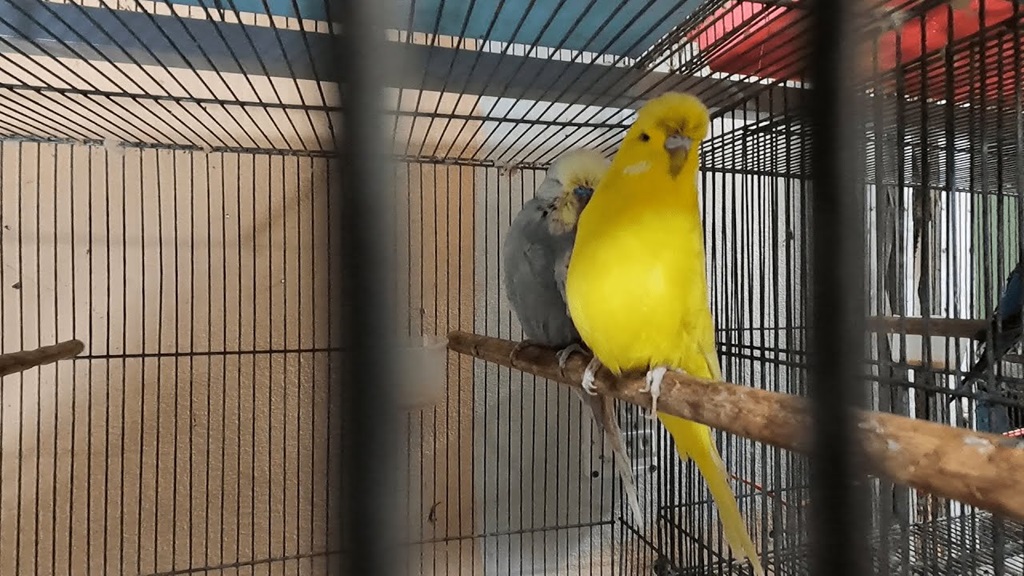
Yellow budgie
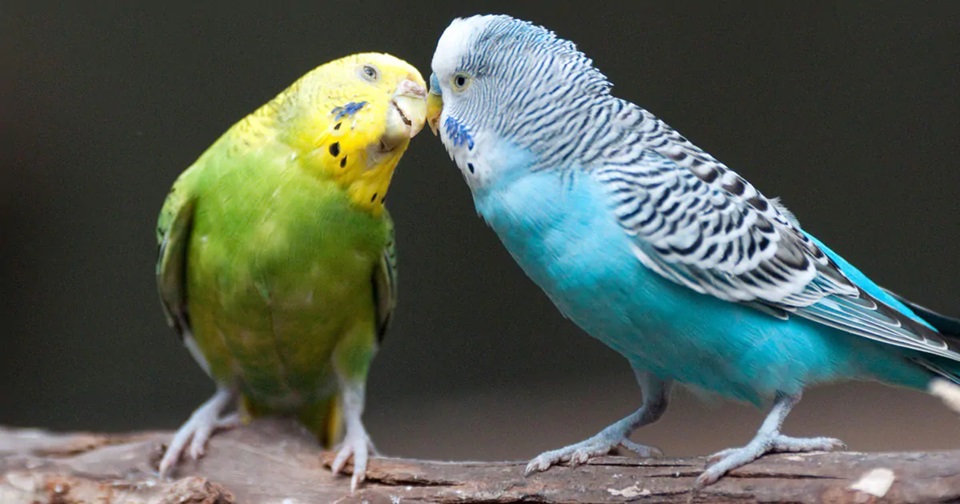
Two lovebirds are "fondling" with each other.
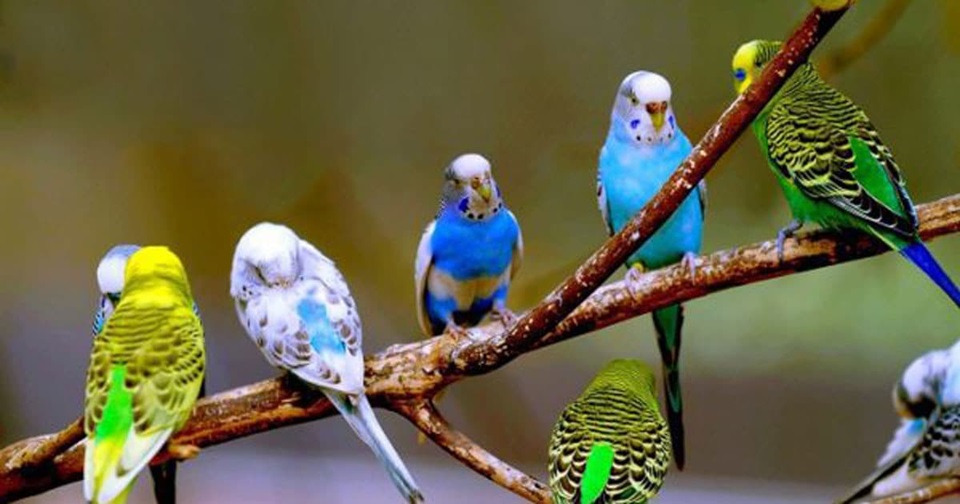
Budgerigars come in many different colors.
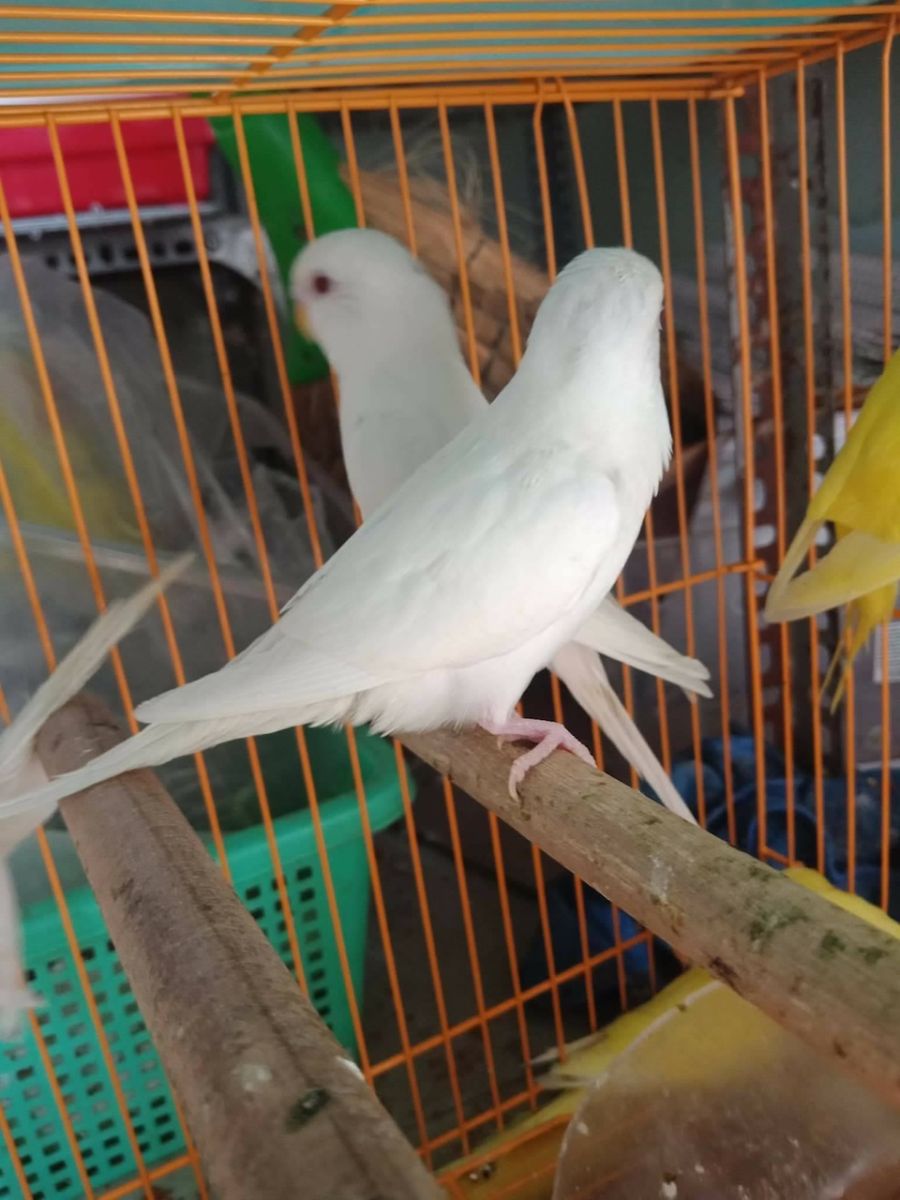
Red eyed white budgie

Blue budgie
Through the above article, nicebirds.net has shared with you all the information about the budgie , from its origin, habits to breeding techniques,... Hope you will be successful and raise the most beautiful, intelligent and agile budgies to make your living space more interesting.
Don't forget to visit our Blog section to learn more about other beautiful bird species!

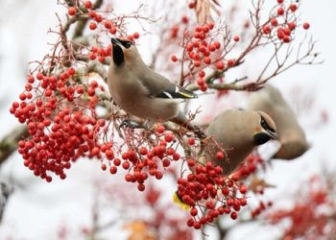

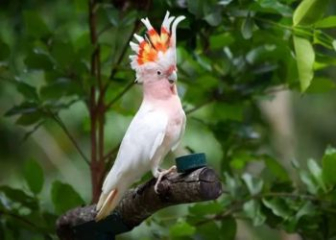

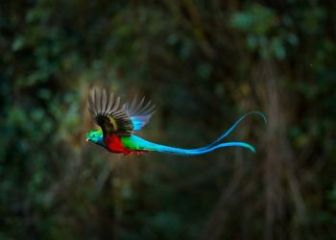





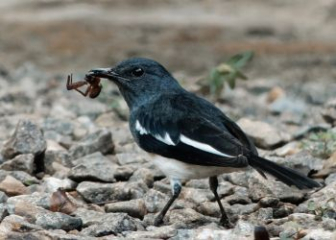
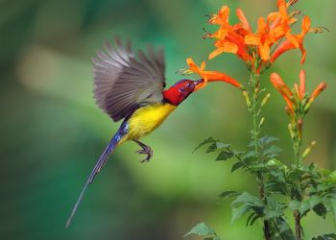


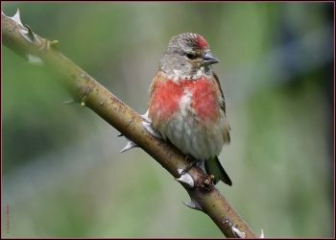
_350x250.jpg)
